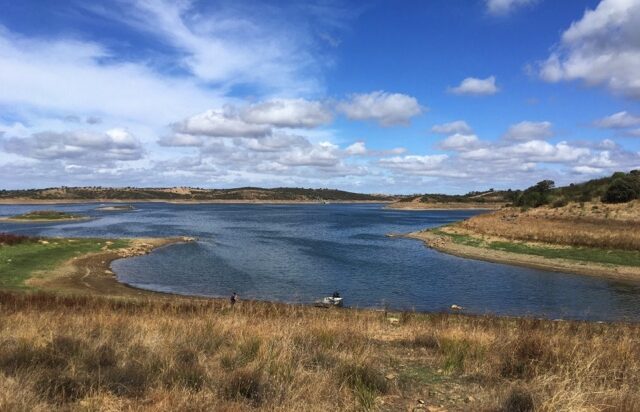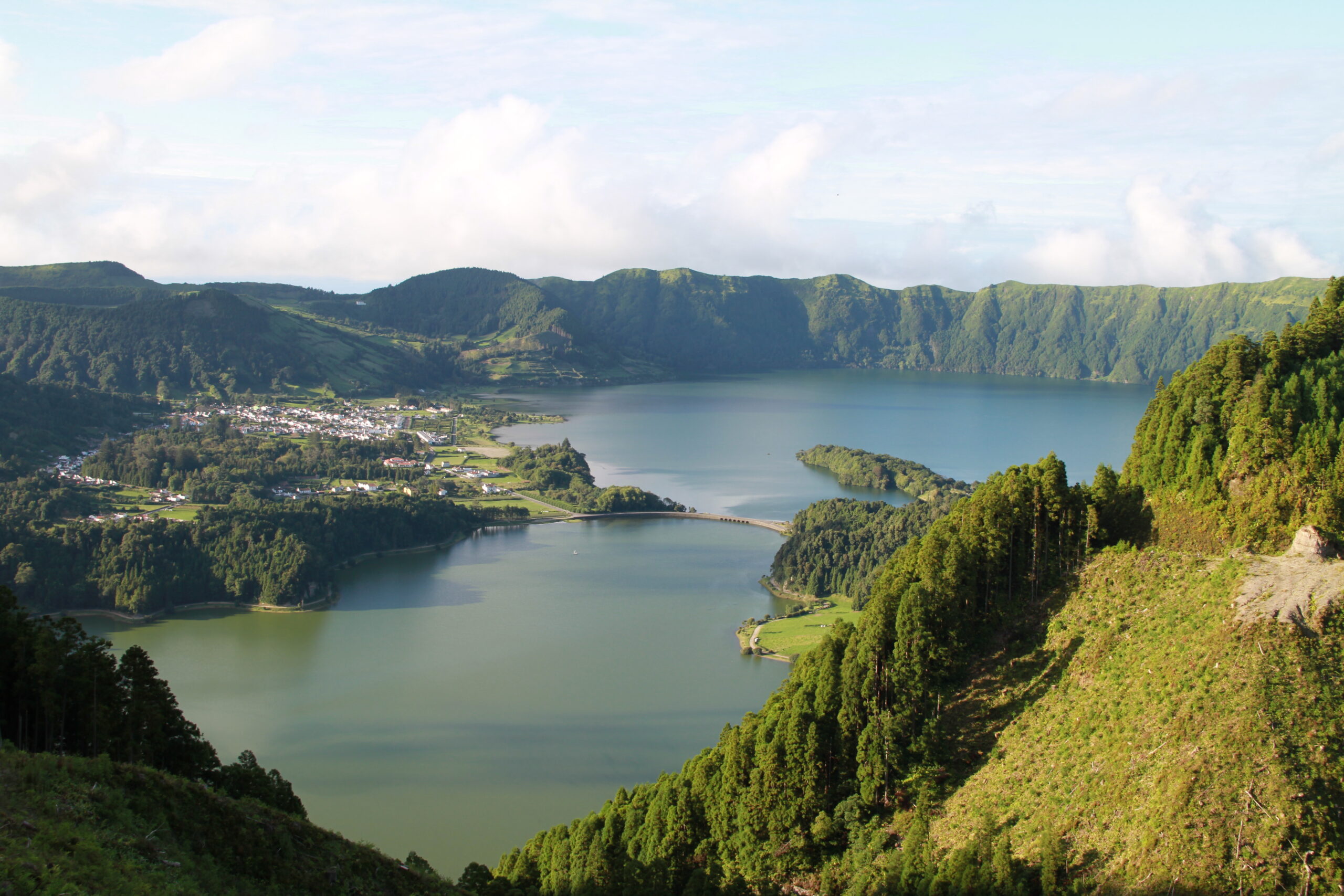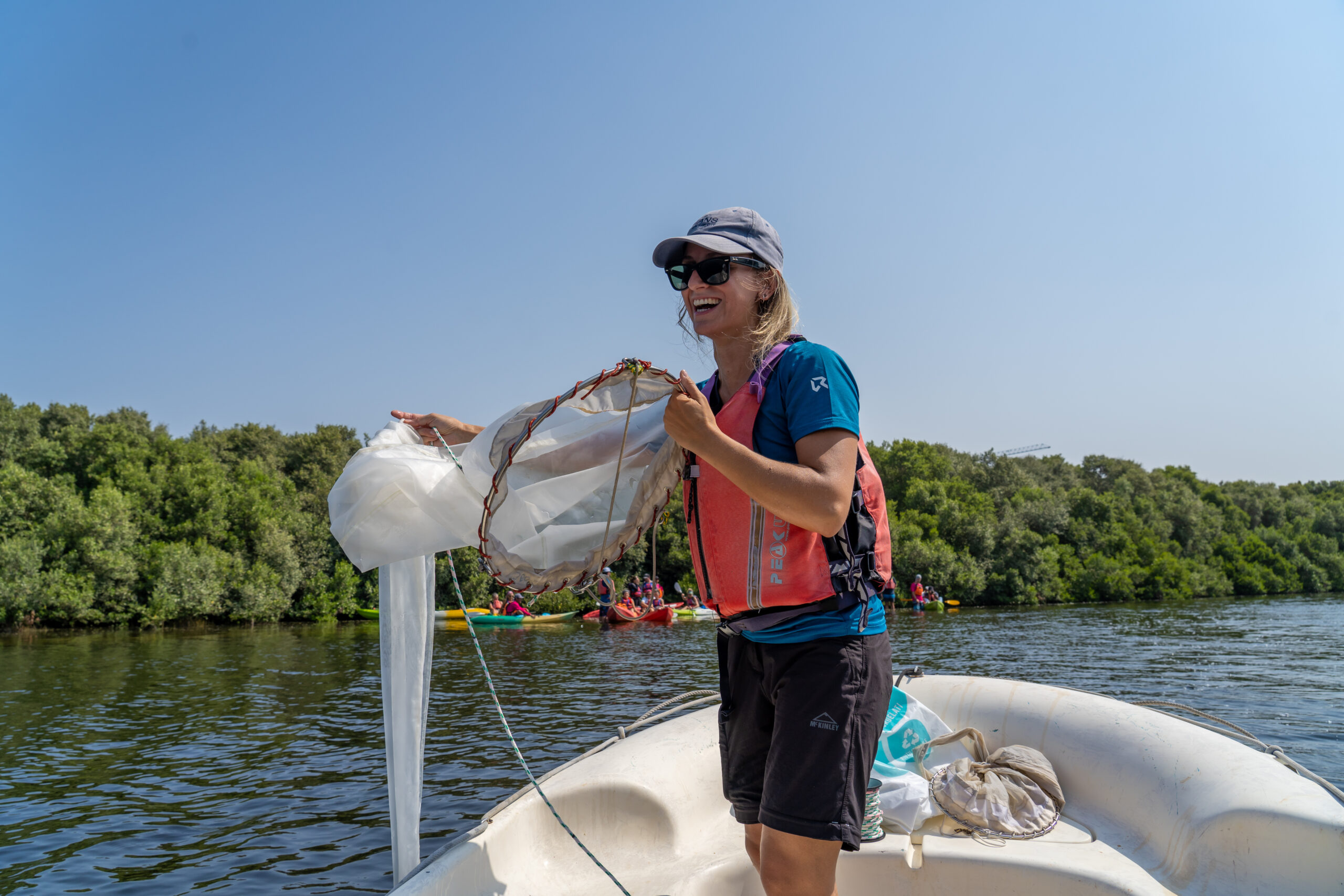“A lake of plastics…” MED researchers participate in international study on microplastic accumulation in freshwater systems
A lake of plastics…
What if someone told you that lakes, dams and reservoirs were worse than the oceans in terms of the amount of plastics and microplastics they accumulate?
We’ve heard that microplastics are everywhere, but until now, we’d been under the impression that they were “only” really abundant in the oceans. But a scientific paper published in the journal Nature, which analysed 38 lakes from 23 countries around the world, has revealed that some freshwater bodies, such as lakes, dams and reservoirs, concentrate more plastic than the large oceanic accumulation zones already known. Most worryingly, some of these freshwater bodies are in remote locations with low human impact. The study led by Verónica Nava, researcher at the University of Milano-Bicocca (Italy), involved a worldwide team of almost 80 researchers, including researchers from MED – Mediterranean Institute for Agriculture, Environment and Development from the University of Évora and CIBIO-Açores (Research Centre for Biodiversity and Genetic Resources) from the University of the Azores.
Plastic and microplastic pollution has a major impact on a global scale, affecting remote locations where human presence is minimal. The study published in the journal Nature confirms for the first time that, in some cases, the concentrations of plastic found in some of the freshwater bodies analysed are higher than in already identified ocean sites that accumulate large amounts of waste and are known as “plastic islands”.
This work involved almost 80 researchers belonging to the Global Lake Ecological Observatory Network (GLEON), which conducts scientific research worldwide on processes and phenomena occurring in freshwater environments. The researchers, spread across 6 continents and 23 different countries, collected samples from 38 sites representing different environmental conditions.
“Once the samples were collected, the different teams sent them to the University of Milano-Bicocca where, using technologies such as Raman micro-spectroscopy, an extremely precise analysis, was carried out and confirmed the polymer composition of the microplastics. Among the results, the presence of polyester, polypropylene and polyethylene stands out.” reveals Miguel Matias, researcher at MED-UÉvora.
In Portugal, the sites analysed were the Alqueva reservoir in the Alentejo, which ranks 13th in the table of 38 water bodies analysed with the most accumulation of plastic debris, and Lagoa Azul, on the island of S. Miguel Azores, in 9th place.
Miguel Matias and Zeynep Ersoy, researchers at MED – Chair “Rui Nabeiro” Biodiversity – University of Évora, responsible for collecting the samples in the Alqueva Reservoir, highlight the importance of this pioneering study where “for the first time a standardised analysis of the prevalence of microplastics in water bodies on a global scale has been carried out. Until now, much of the knowledge we had about microplastics in freshwaters was the result of aggregating studies from individual teams, often with different methodologies. Our results clearly indicate that population density and urbanisation, as well as catchment size and water retention times, are key determinants in explaining the vulnerability of lakes and reservoirs to plastic pollution.
Vítor Gonçalves and Pedro Raposeiro, researchers at CIBIO Açores, based at the University of the Azores, emphasise that “the most worrying fact is that microplastics were found in lakes in areas of low anthropogenic impact, leading us to question whether there are still “pristine” aquatic ecosystems not contaminated by microplastics”.
The Portuguese researchers also add that “in the particular cases of Alqueva and Lagoa Azul (Azores), the presence of microplastics will not surprise anyone. However, it is worrying that the values found are relatively high for these areas of low level of urbanisation. Our study does not allow us to unequivocally establish the origin of these microplastics but we can speculate that the widespread and intensive use of plastics on farms in the respective catchments and the intensification of tourism and recreational activities are important origins of this contamination.”
“We hope that this study will contribute to a greater awareness and visibility of the problem of microplastics, to the investigation of the sources of contamination and to the definition of mitigation strategies that reduce the contamination of fresh waters”, conclude the researchers from MED-UÉvora and CIBIO-Açores.
The study points out some examples of the negative impacts of plastics on aquatic systems, such as the release of methane and other greenhouse gases from plastics that are found on the surface. The researchers argue that there is an urgent need to understand the fate of plastic debris and determine all its ecological impacts (fauna, flora, soil, etc.).
The authors also suggest that given the relatively high concentration of plastic debris, especially in large water bodies such as lakes, these can be considered “sentinels of plastic pollution” as they act as collectors of different sources of plastics from river basins and the atmosphere. These freshwater bodies can be ‘active drivers’ as they can retain, process and transport plastics through river basins to the oceans, which are generally considered to be the final receptors of plastic debris. This process thus reinforces the relevance of lakes as key components in the global ‘plastic cycle’. Therefore, the researchers indicate that “optimising management policies to mitigate plastic pollution in freshwater lakes upstream of marine systems” is essential.

Alqueva resevoir | Author´s photo: Zeynep Ersoy (MED-UÉvora)

Lagoa Azul [Blue lake] – Azores | Author´s photo: Vítor Gonçalves (CIBIO-Azores, University of Azores)

Researcher Veronica Nava collecting samples / Author´s photo: Università degli Studi di Milano-Bicocca

Researcher Veronica Nava analysing the samples at the lab | Author ‘s photo: Università degli Studi di Milano-Bicocca
To find out more about this study access the article HERE: Nava, V., Chandra, S., Aherne, J. et al. Plastic debris in lakes and reservoirs. Nature 619, 317–322 (2023). https://doi.org/10.1038/s41586-023-06168-4